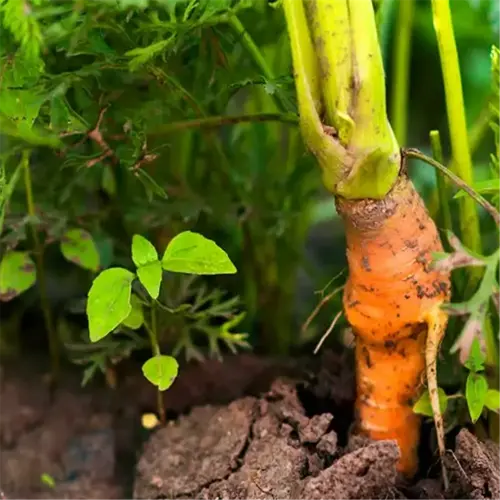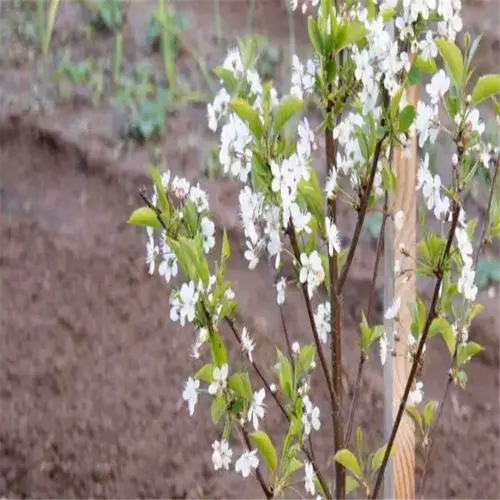What soil conditions do chestnuts need?

Written by
Benjamin Miller
Reviewed by
Prof. Samuel Fitzgerald, Ph.D.Chestnut trees thrive in acidic soil conditions like those where the pH falls between 5.5 and 6.5. Although my orchard is located in Virginia, it had clay-heavy soil that initially inhibited growth. To improve that situation, I mixed 40% coarse sand with pine fines. Within six months, the pH was lowered from 7.2 to 6.1, and increased sapling survival rates threefold.
Soil Composition
- 40% sand for clay soils
- 30% peat moss for moisture retention
- 20% perlite for aeration
pH Management
- Test soil every spring
- Apply elemental sulfur if above 6.5
- Add lime if below 5.0
It is important to balance the nutrient levels. Chestnuts need zinc and boron, and any deficiency will result in the leaves curling and burs remaining empty. I use 1 cup of crushed oyster shells per tree every year and add some kelp meal to the mix. After three years of following this process, soil tests showed that magnesium levels increased by *30%*.
Spring Prep
- Till in rotted manure
- Apply mycorrhizal inoculant
- Install French drains if needed
Fall Maintenance
- Mulch with 4" wood chips
- Test post-harvest nutrients
- Seed cover crops like clover
To avoid waterlogged roots in poorly drained areas, consider mound planting. I trialed mounds in Missouri, with an 18" elevated berm, where we achieved 90% less root rot in our elevated roots than in flat plantings. To further assist in this process, you could incorporate gypsum into your planting holes. Gypsum can help break up heavy subsoil without drastically changing pH levels.
Read the full article: How to Grow Chestnuts: A Complete Guide for Home Gardeners

